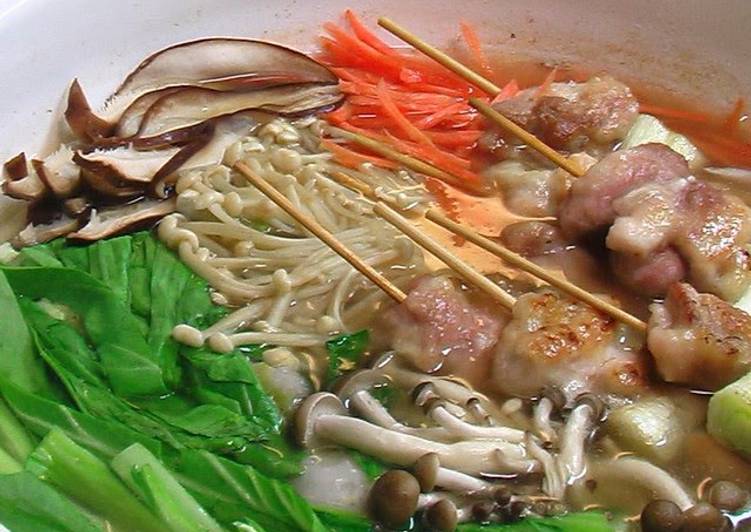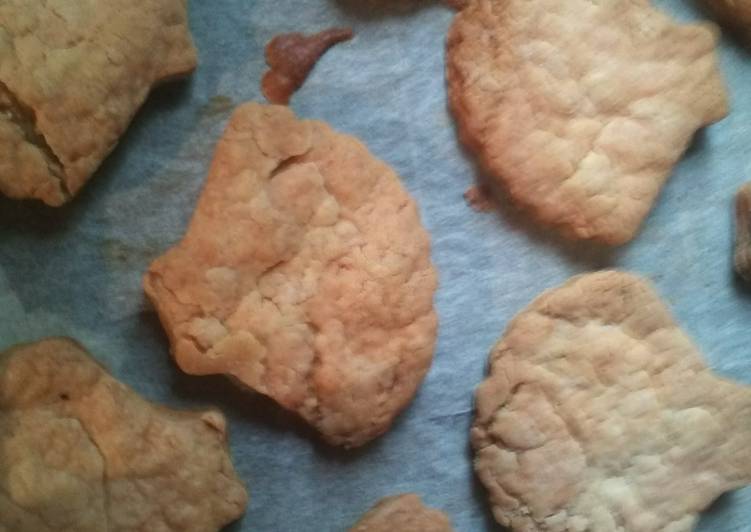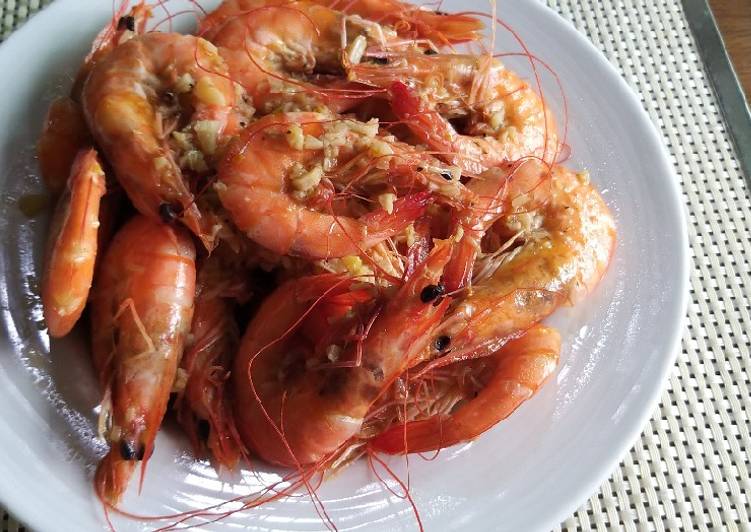
Hey everyone, it’s Brad, welcome to my recipe page. Today, I’m gonna show you how to prepare a distinctive dish, jibuni-style hot pot with thick broth. It is one of my favorites food recipes. For mine, I will make it a little bit tasty. This will be really delicious.
Jibuni-style Hot Pot with Thick Broth is one of the most popular of current trending meals on earth. It is simple, it’s quick, it tastes yummy. It’s enjoyed by millions every day. Jibuni-style Hot Pot with Thick Broth is something that I have loved my whole life. They are fine and they look wonderful.
To begin with this recipe, we have to first prepare a few components. You can have jibuni-style hot pot with thick broth using 22 ingredients and 14 steps. Here is how you cook that.
The ingredients needed to make Jibuni-style Hot Pot with Thick Broth:
- Prepare 1 large package Chicken thighs (or pork or beef)
- Make ready 1 Japanese leek (for skewering)
- Take 1 dash Pre-seasoning ◎Salt ◎Ginger juice
- Make ready 2 tsp ◎Sake
- Get 1 1/2 - 2 tablespoons Katakuriko
- Get 1000 ml ●Water
- Prepare 3 square pieces ● Kombu to make dashi stock
- Take 1 1/2 tbsp each ●Usukuchi soy sauce ●Mirin
- Take 2 tbsp ●Sake
- Prepare 2 tsp each ●Weipa ●Bonito stock granules
- Make ready 1 tsp ●Sugar
- Make ready 1/3 tsp ●Salt
- Get Hot pot ingredients (add whatever you prefer)
- Take 1/4 head Chinese cabbage
- Prepare 2 bunches Bok choy
- Prepare 4 Taro root
- Take 1/2 block Tofu
- Take 2 Chikuwa
- Get 1 Japanese leek
- Prepare 1 small or medium Carrot
- Prepare 1 Mushrooms (any kind)
- Get 1 ★Grated ginger ★yuzu pepper paste ★spicy mustard ★ichimi spice★wasabi
Instructions to make Jibuni-style Hot Pot with Thick Broth:
- Cut the meat into bite size.
- Rub the ◎ ingredients into the meat. Then sprinkle the katakuriko evenly on the meat.
- Cut the Japanese leeks and skewer between the pieces of meat. Add oil to a frying pan and fry the skewers on both sides to seal in the umami flavor.
- They'll boil in the pot later, so at this point, just cook the skewers until they're 60-70% done. You could use pork or beef instead of chicken. The skewers in the photo were made with pork shoulder.
- Wash the taro root and microwave at 600 W for 5-6 minutes. Peel and cut in half. The size of the taro root will change cooking time so adjust for your microwave.
- Divide the Chinese cabbage leaves from the stems. Roughly chop the leaves and cut the stems into thin strips, almost to a julienne, so they cook easily.
- Cut the bok choy the same way as the Chinese cabbage. Julienne the carrots with a slicer or a knife. Cut the chikuwa into bite-size pieces.
- Soak the kombu in water and make dashi stock, being careful not to let it boil. Then remove the kombu and ● ingredients for seasoning. Mix in the ▲ slurry to thicken the broth.
- At Step 8, the broth may not seem very thick yet, but when you add the katakuriko-coated meat, it will thicken even more.
- Add the hot pot ingredients and simmer. The broth will be thick, so add the ingredients little by little. Be careful not to let anything burn and do not add too many ingredients while it's cooking over high heat.
- Serve in individual bowls. Eat with the ★ ingredients and enjoy. If the flavor of the broth gets too concentrated, add water.
- For the "shime" (the end of the meal), boil udon noodles, harusame noodles, soba noodles, or somen noodles in the broth. Any kind of noodles go well. I would also recommend cooking mochi cakes by dipping them in the boiling broth ("shabu-shabu").
- Of course, adding rice, eggs and green onions to the broth is also good. Top with shredded nori seaweed sheets or crushed sesame seeds if you like.
- If you're using any ingredients that release scum or takes a long time to cook, blanch first. Add any ingredients you like.
So that’s going to wrap it up for this special food jibuni-style hot pot with thick broth recipe. Thanks so much for your time. I am sure you can make this at home. There is gonna be interesting food at home recipes coming up. Don’t forget to bookmark this page in your browser, and share it to your family, friends and colleague. Thank you for reading. Go on get cooking!


